Hands up if you think price is the main decision-making factor when it comes to purchasing choices? If so, you may want to think again. With so many businesses focussing on cost to differentiate themselves from their competitors, it is all too easy to miss marketing opportunities which could really make your product or service stand out from the rest.
Rather than solely competing on price and orchestrating a race to the bottom, demonstrating true value within your product, service or brand helps customers differentiate your offer from a sea of competing alternatives.
One of the most effective approaches is to assess your offering against the ‘Seven Ps of marketing’. This will also help you identify the best marketing mix for your product or service, whilst also providing insights into what it is that your customers most value.
To get you started, we have prepared an overview of the Seven Ps.
1. Product
Does your product match the needs of your customers and is it what they expect? If it does, how does it stack up against your competitors? Through mapping the features and benefits, you can clearly communicate the value of your product against a competitor and in line with your customer’s needs.
It is important not to make assumptions about customers preferences, so make sure you regularly seek feedback. This can be done verbally or through a more formal means such as a survey.
2. Place
Where can your customers purchase your product? With digital advances widening shopping choices, it is important to assess whether online, in store or a combination of both are suitable for your business. Sometimes convenience is more important whilst others, buying local may be more appealing to your audience.
It’s not just about where your customers can find you, but it’s also about how well it stands out. Whether that’s through visual merchandising in retail, or spotlights and features in the digital world. Own the place your product or service is found to gain a competitive advantage.
3. Price
Is your product or service good value? This doesn’t mean is it the cheapest – it could be that it is more expensive, but consumers are often happy to pay more for something that is more suitable for their requirements. Make sure what you are offering is a good deal.
It is also worth noting that often, the cost of a product or service can extend beyond the initial purchase price, so there may be an opportunity for leverage here in terms of messaging that sets you apart from the competition.
4. Promotion
Are you promoting your products and services in the right places, with effective messaging and creative appeal? You could have the best offer but without showcasing it in an attractive and engaging manner, you will find the market will not engage fully which of course has financial implications and could result in success taking longer to achieve, or simply not coming along at all.
Understanding what purpose your promotion plays in the marketing mix is also good to clarify. At the simplest level, understand whether your are conducting a push or pull strategy. Push strategy traditionally means that promotion activity is around pushing the product to customers, in the real world this translates to product demonstrations or trials, or instore discounts. Whereas a pull strategy typically means that promotion is geared towards getting customers to come to you, this is where mass-media or inbound marketing techniques are deployed.
5. People
As the old saying goes, ‘people buy people’. Do you have the right team and are they delivering the best service and customer experience possible? This is important for all businesses, even if the interaction with consumers is minimal as there will still be human contact at some point.
If your company doesn’t have the right team, growth will be tougher, and opportunities will not be capitalised upon. Make sure you conduct regular staff reviews and that any issues are acted upon. Training can assist, as can effective recruitment to minimise lost time or from selecting a team member who isn’t the best fit.
6. Process
One way or another, your customers are paying for processes, particularly when it comes to the delivery of your product. Make sure this is streamlined with any unnecessary complications, removed. I think most of us have experienced a time when buying something online has been overly complicated and we have chosen instead to walk away and go elsewhere.
Another aspect is ensuring there is consistency in product and service. McDonald’s is a prime example of process consistency, no matter where you go, their burgers always taste the same. In order to constantly deliver, you want your customers to experience the same product, customer service, technical support no matter the location, company representative or day of the week.
7. Physical evidence
Even if your business sells intangible products, there will always be some element of physical presence involved along the way, whether it’s through branding, brochures, contracts, the reception area, vehicles or information. It is therefore important to make sure that these are accurate, useful and where relevant, visually appealing.

